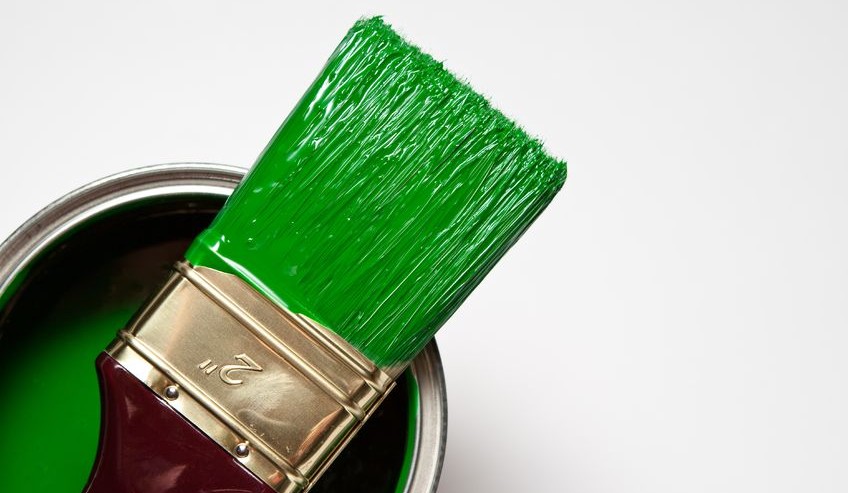Key Things to Know about Eco-Friendly Wall Paint
Vibrant versus subtle. Glossy or matte? What are you going to do about those tricky crown molding corners? These are only a few of the questions and decisions you, as a homeowner, face when you choose “painting your house” as a home improvement project. Whatever your new vision is for your home, ServiceWhale wants to help you achieve it. It’s important to choose the best painting service, but there’s the additional concern as to what paint to pick. For the environmentally conscious consumer, eco-friendly paint could be the way to go instead of regular paint.
Eco-Friendly vs. Regular Paint
Good question! Several advantages make eco-friendly paint a fair option over regular paint. Regular paint induces an unpleasant experience for anyone’s nose—but that’s only the beginning. The solvents in conventional paint, such as Volatile Organic Compounds (VOCs), can literally have toxic ramifications. When used outdoors, the VOCs can merge with airborne pollutants and add smog to the air. Indoor use creates similar effects. The polluted air can lead to headaches, respiratory illnesses and even cancer. By comparison, eco-friendly paint is considered to be gentle on the environment. It is generally non-toxic, with low or no VOCs and less odor. Overall, it’s safer for children, pets and your family’s well-being. While some eco-friendly paints cost slightly higher than regular paint, the returns on it are valuable. The diverse brands can help you decide your price preferences.
What Makes Eco-Friendly Paint Unique
Now you are seriously considering that eco-friendly paint might be what you want. There’s no need to feel limited by the product’s definition. Currently, eco-friendly paint comes in almost as many varieties as regular paint, and with a large selection of finishes. They offer equal coverage as regular paint—although some of the paints with natural oils may need more time to dry.
There is everything from plant-derived paint to clay or water based. Plant-derived paint has been promoted as having a small eco-footprint. In particular, milk-based paints (or casein paints) are a popular option. The paint doesn’t peel, has a non-toxic, mild odor, and is practically VOC free. Again, it’s important to check the VOC levels on any paint you decide to buy. Some paints may market their product as low in VOCs even though it’s still above the recommended levels. Trustworthy brands usually have an environmental certification seal on their labels, and are approved by environmentally-driven organizations such as Green Seal, Greenguard or Ecolabel.
ServiceWhale’s approved contractors can help you sort through the eco-friendly paint possibilities until you get the paint color and prerequisites you’re looking for. We understand concerned homeowners’ needs for environmentally-safe, natural products. Furthermore, we are dedicated to doing our part in preserving the earth. You can learn about our ServiceWhale Green initiatives, and we’re available to talk about making your projects environment-friendly.





Comments
Comments are disabled for this post